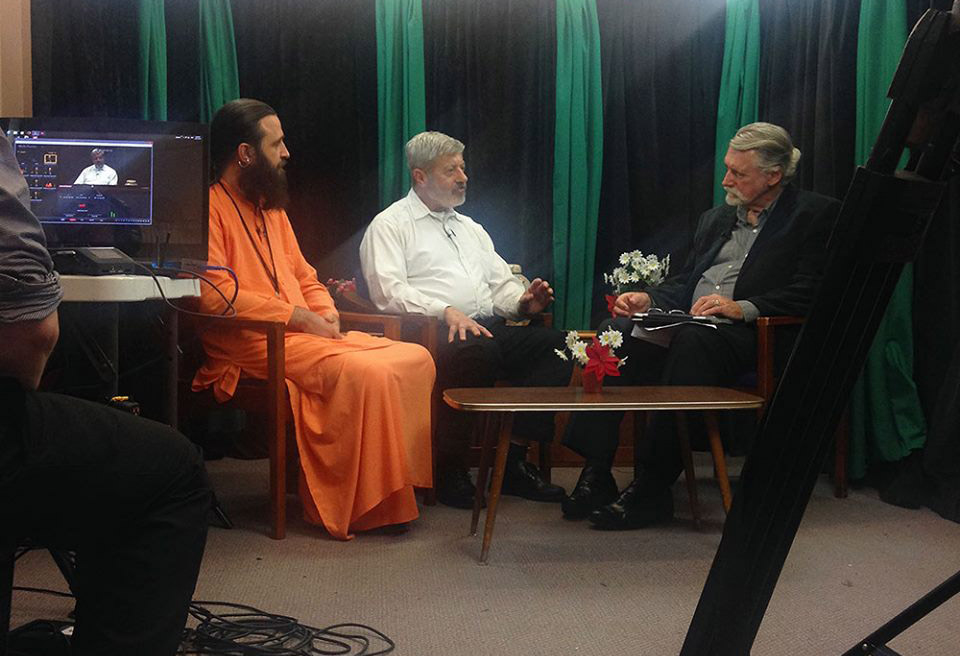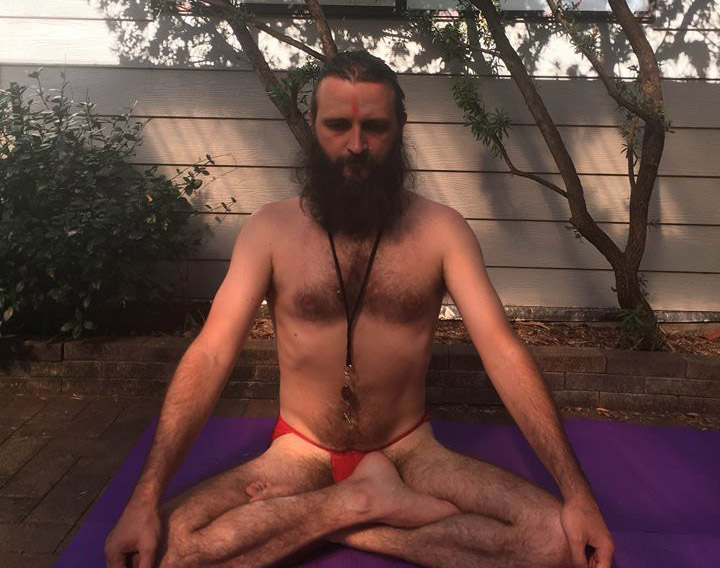In the chapter devoted to the yoga practice, namely, in the section of dhyāna, the elements of sexuality are described in a positive context. Unlike many formal celibate guardians, who in fact do not follow it themselves, there is not so much hypocrisy directly in the ancient texts. On the contrary, sexual power is interpreted as extremely important in spiritual evolution. With the correct perception it is capable of bestowing a higher yogic realisation.
अग्रतः पृष्ठतो मध्ये पार्श्वतोऽथ समन्ततः ।
विद्युच्चकितवद्भाति सूर्यकोटिसमप्रभः ॥ २९७ ॥
रतान्ते स्त्री यथात्मानं क्षणं क्वाहं न बुध्यते ।
रमणोऽपि न जानाति कोऽहं योगे तथा पुमान् ॥ २९८ ॥
agrataḥ pṛṣṭhato madhye pārśvato’tha samantataḥ ।
vidyuccakitavadbhāti sūryakoṭisamaprabhaḥ ॥ 297 ॥
ratānte strī yathātmānaṃ kṣaṇaṃ kvāhaṃ na budhyate ।
ramaṇo’pi na jānāti ko’haṃ yoge tathā pumān ॥ 298 ॥
(Yogin) is shining with thousand millions of sun rays evenly in front, behind, in the middle, in the center and at the sides. During orgasm, a woman (रतान्ते स्त्री ratānte strī) tries to realise: “Where am I?” (क्वाहं kvāhaṃ?), but can not realise it. A man at the moment of pleasure asks the question: “Who am I?” (कोहं? ko’haṃ?) and cannot find the answer, also a person in the yogic state doesn’t know who he is (i.e. his false personality).








